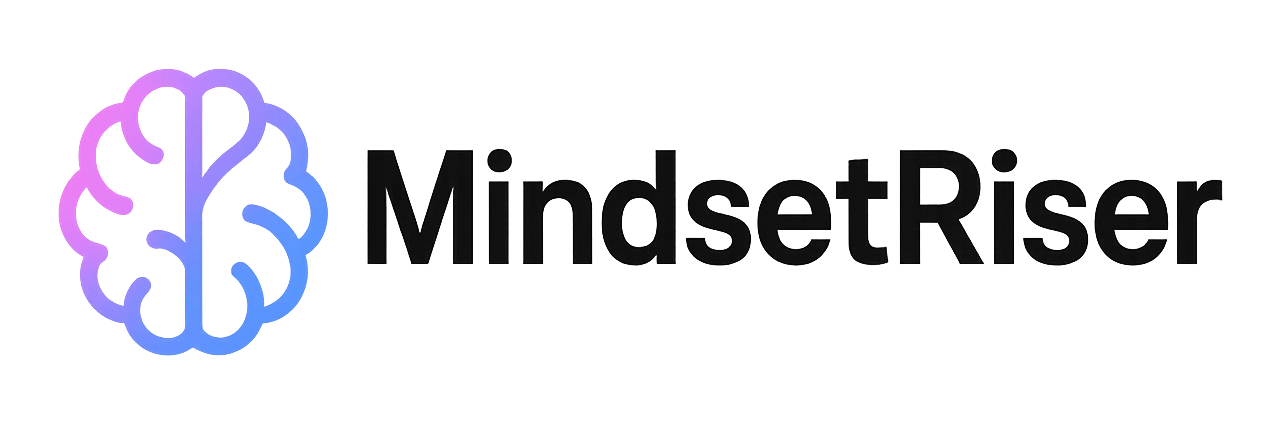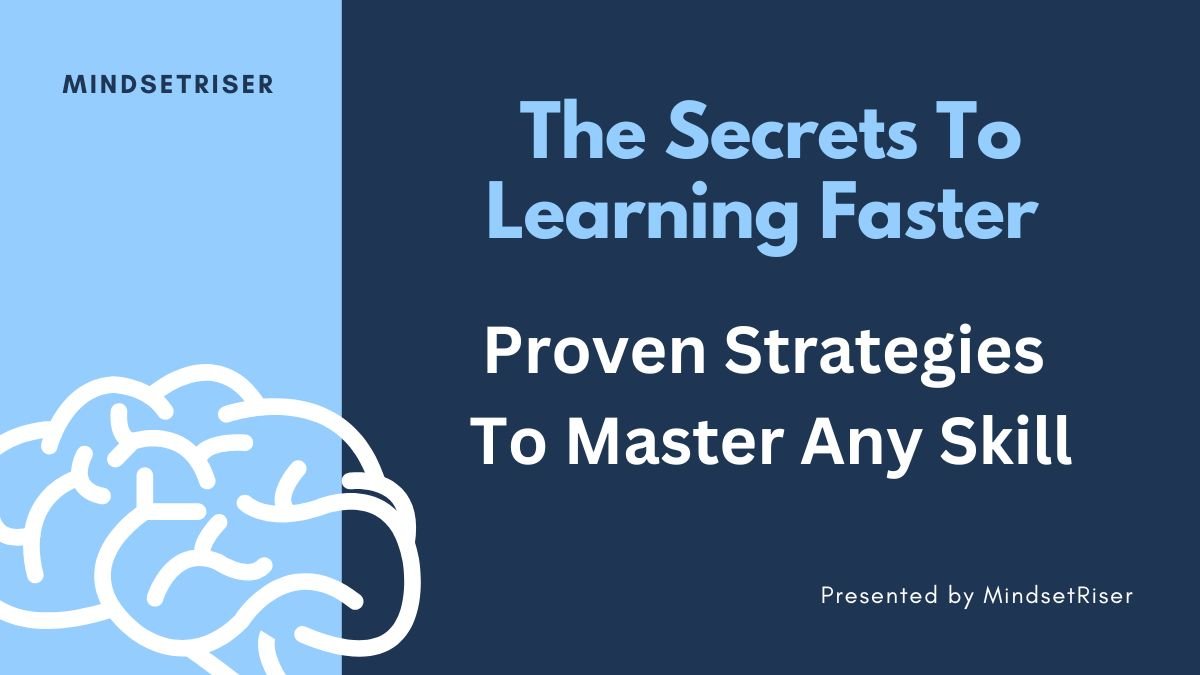The Secret to Learning Faster: 7 Proven Strategies to Master Any Skill
ntroduction
Have you ever wished you could learn new skills faster, retain information better, and master concepts effortlessly? Whether you’re a student, professional, or lifelong learner, the ability to learn quickly and effectively can give you a significant advantage in life.
The good news? Speed learning is a skill you can develop. By using scientifically proven techniques, you can train your brain to absorb, process, and recall information more efficiently.
In this article, we’ll explore the secrets to learning faster, the best strategies for improving retention, and how you can apply them to become a smarter, more efficient learner.
Why Learning Faster Matters
In today’s fast-paced world, knowledge is power. The ability to quickly acquire and apply new skills can:
✅ Give you a competitive edge in your career
✅ Improve problem-solving and decision-making
✅ Boost confidence and personal growth
✅ Save time and effort when learning anything new
The problem? Many people rely on inefficient learning techniques, like passive reading or rote memorization, which slow down progress. Let’s dive into the strategies that actually work.
7 Powerful Strategies to Learn Faster
1. Use Active Learning (Not Passive Learning)
Many people learn passively—reading textbooks, watching videos, or listening to lectures without engagement. The key to faster learning is active participation.
🔹 What to do:
- Summarize information in your own words
- Teach someone else what you learned
- Take notes by hand instead of typing
- Ask questions and engage in discussions
Active learning boosts retention because it forces your brain to process and recall information.
2. Apply the 80/20 Rule (Pareto Principle)
The 80/20 Rule states that 80% of results come from 20% of the effort. When learning, focus on the most essential concepts first.
🔹 How to apply it:
- Identify the core principles of any subject
- Prioritize the most frequently used skills
- Avoid spending too much time on minor details
By concentrating on the high-impact areas, you can absorb valuable knowledge faster.
3. Leverage Spaced Repetition for Long-Term Memory
Your brain forgets information over time unless it’s reviewed periodically. Spaced repetition is a scientifically proven method that helps you store knowledge in long-term memory.
🔹 How to use it:
- Review new material at increasing intervals (e.g., after 1 day, 3 days, 1 week, etc.)
- Use flashcards with spaced repetition software (e.g., Anki, Quizlet)
- Revisit key points before forgetting them
This technique prevents cramming and ensures deep, long-lasting learning.
4. Optimize Your Brain’s Learning States
Your brain functions at different levels of alertness and focus throughout the day. Learning when your brain is at its peak performance helps absorb information faster.
🔹 What to do:
- Identify your peak focus time (morning, afternoon, or night)
- Avoid distractions (put your phone away, use noise-canceling headphones)
- Study in 90-minute sessions with short breaks in between
The better your brain’s condition, the easier and faster you’ll learn.
5. Learn by Teaching (The Feynman Technique)
Teaching what you’ve learned to someone else deepens understanding and improves recall. The Feynman Technique, named after physicist Richard Feynman, is one of the most effective learning methods.
🔹 How to use it:
- Choose a topic you’re learning.
- Explain it in simple terms (as if teaching a child).
- Identify gaps in your understanding and refine them.
- Repeat the process until you can explain it clearly.
If you can teach a concept simply, you truly understand it.
6. Use Multisensory Learning (Engage All Your Senses)
The more senses you use while learning, the stronger the memory connection. Multisensory learning helps your brain process information faster.
🔹 How to apply it:
- Read aloud instead of just reading silently
- Use diagrams, visuals, and mind maps
- Engage in hands-on activities when possible
- Combine listening, speaking, and writing
The more actively you involve different senses, the faster you’ll retain information.
7. Take Smart Breaks (The Pomodoro Technique)
Your brain gets overwhelmed if you study for long hours without breaks. The Pomodoro Technique keeps your mind fresh and maximizes efficiency.
🔹 How it works:
- Study for 25 minutes
- Take a 5-minute break
- Repeat 4 times, then take a longer 15–30 minute break
Short bursts of focused learning followed by rest improves productivity and concentration.
Bonus Tips for Supercharging Learning Speed
🚀 Use Mnemonics & Memory Tricks – Create acronyms, rhymes, or associations to remember information easily.
🚀 Stay Curious & Ask Questions – A curious mind absorbs knowledge faster.
🚀 Sleep Well & Stay Hydrated – Your brain needs rest and water to function optimally.
🚀 Listen to Classical or Ambient Music – Certain music styles enhance focus while studying.
Conclusion
Learning faster isn’t about working harder—it’s about working smarter. By engaging actively, using spaced repetition, leveraging peak brain states, and applying the Feynman Technique, you can speed up your learning process and retain more information effectively.
With these proven strategies, you can learn anything faster—whether it’s a new language, a technical skill, or an academic subject.
Start implementing these techniques today and watch your learning speed skyrocket! 🚀
Key Takeaways
✅ Active learning is more effective than passive learning.
✅ Spaced repetition enhances long-term memory.
✅ Peak focus times optimize learning efficiency.
✅ The Feynman Technique makes complex topics easier to understand.
✅ Smart breaks and multisensory learning boost retention.

